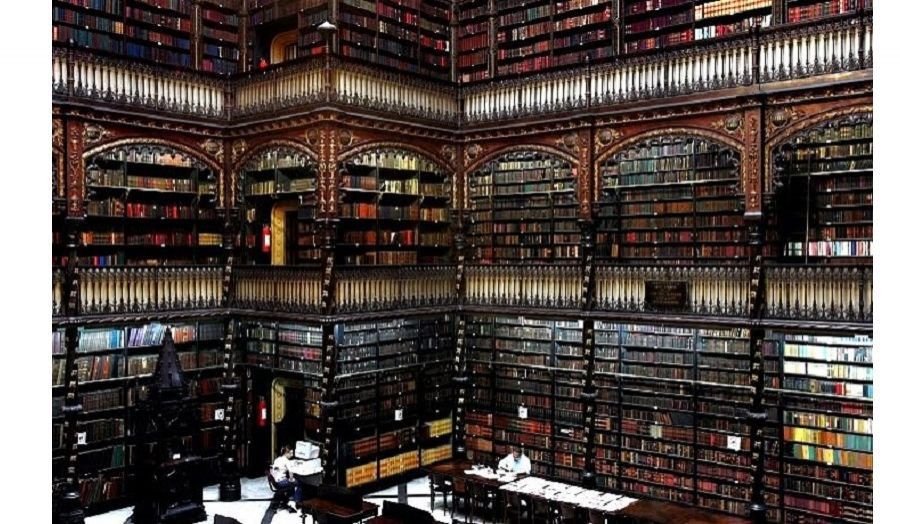Studio Outline
Archives and libraries can seem to be forbidding, academic and even boring places, to which only a privileged few are allowed access by their stern custodians. You need to know the secret codes and rules to follow before you can enter; and before that even, you have to know exactly what you want.
For creative and visual people these may seem insurmountable or irrelevant hurdles, but in truth an archive can be like an enchanted but dark, dense forest, full of useful starting points and thought-provoking secrets, a place in which the entire imaginative world of your dissertation can take shape. All you need to know is how to find and make paths through its shady depths, and connect what you find to the outside world.
An archive is the deliberate collection of the residue of a living organism – a person or an institution for example, and can take many forms, from the conventional collection of papers, models, and photographs stored in boxes and portfolios on thickets of shelves, to the surface of a long-lived building. The idea of the archive, or a specific archive, will be the starting point of your dissertation. London is filled with amazing collections, and we will find an archive to match your curiosity (and specialism).
Through a series of small descriptions you will gather and develop your ideas as each week we pay visits to different archives around London. We will combine discussion about the nature of archives – what, why and how they are made and who are they for, with practical investigation into their idiosyncratic mores and creative possibilities. We will explore their contents and meet their curators, keepers and archivists – these will range from traditional museum and library-based collections to live working environments where archives are coming into being.
First seven weeks of study
Weeks 1-7:
During the first seven weeks we will be out and about in London (you will need a travel card, a pencil, sketchbook or notebook, camera or camera-phone) visiting various archives, museums and exhibitions, an architects’ office, and a publishing house. We will get to meet each other at the V&A, where we will roam the museum to gather material for the first writing exercise. During the following two weeks our conversations will continue in two different archives – a university-based collection of varied artefacts, and a photography collection, where we will discuss and start putting together the second exercise, based on Aby Warburg’s picture maps, called mnemosynes. This will provide you with the starting point for your dissertation, which we will develop together. After that, we will be making connections between the messiness of living work, the perfection of the finished object, and the recording of both by visiting an architecture practice, a building, and another archive. We will visit a sound archive and look at the making of oral histories, and if time permits look at digital archives with an editor working on a large atlas project to examine the process of collecting, recording and committing that making an archive entails.
Reading List
This list of short texts, a film, a novel and a picture book describes a way of thinking and investigating that will frame your approach. The significance of each one will be explained during the first week, and you can decide which to look at – some of them will be available on-line in our Weblearn classroom.
Books
- E. H. Carr, ‘Chapter 1: The Historian and his Facts’ in What is History?(Cambridge: Cambridge University Press, 1961)
- Orhan Pamuk, The Museum of Innocence ( London: Faber, 2009)
- Jorge Luis Borges, ‘The Library of Babel’ in Labyrinths (London: Penguin, (1941) (1987) 78-86
- Jennifer Bloomer, ‘The Museyroom’, Assemblage, 5 (1988), 59-65
- Henry David Thoreau, ‘The Bean Field’ in Walden: Or, Life in the Woods (London: Everyman’s Library, (1854) 1992) 138-148
- Aby Warburg, Der Bilderatlas, Mnemosyne (Berlin: Akademie Verlag, (1939) 2012)
- Benjamin Buchloh, ‘Gerhard Richter’s Atlas: The Anomic Archive’ ; Hal Foster ‘An Archival Impulse’; and Charles Merewether ‘Archives of the Fallen’ in The Archive Ed. Charles Merewether (London: Documents of Contemporary Art, 2006)
- Studs Terkel, Hard Times, An Oral History of the Great Depression (New York: The New Press, 1987)

